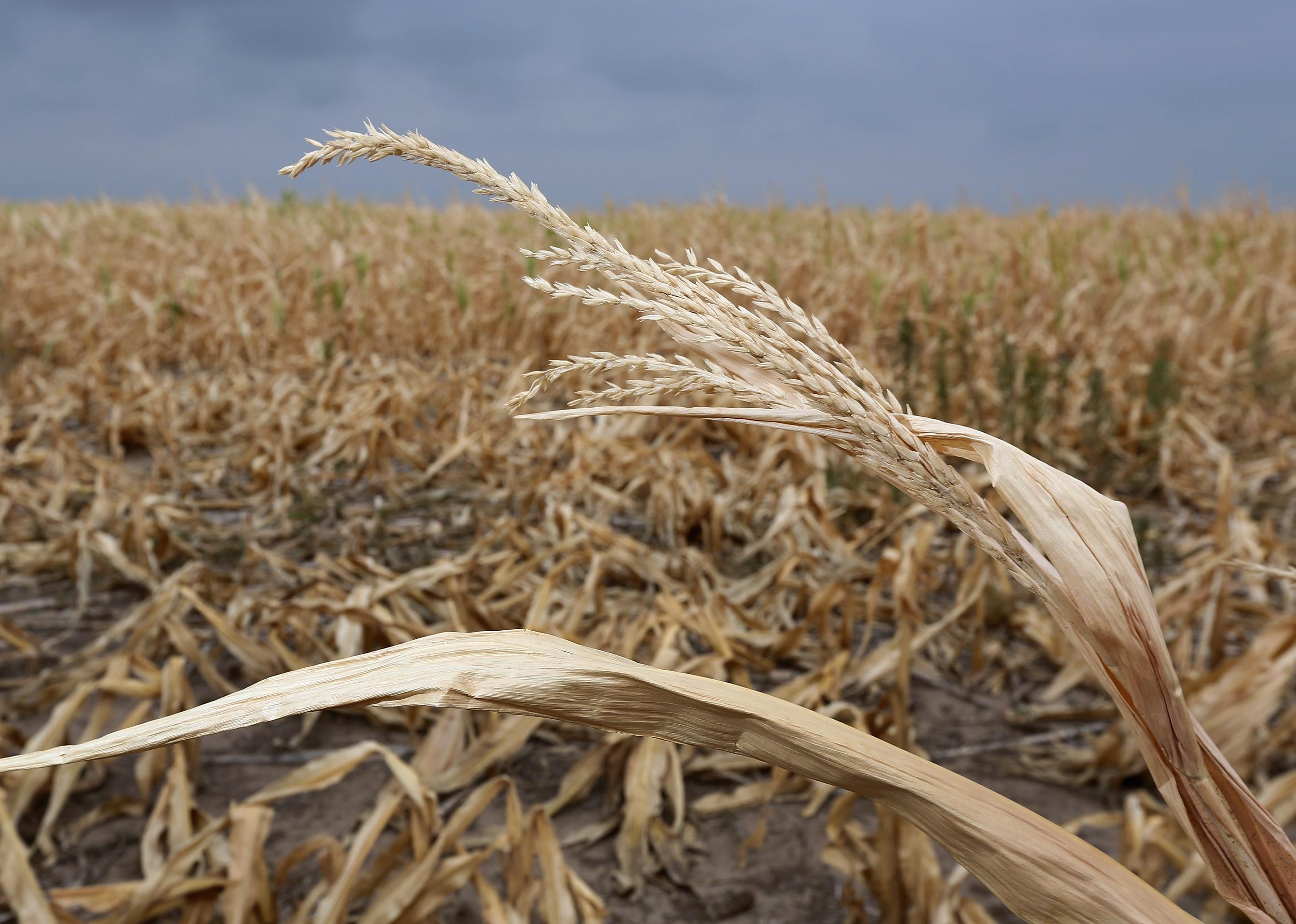
Not enough water: How climate change has affected Kansas
The latest United Nations Intergovernmental Panel on Climate Change (IPCC) report is yet another reminder of the dire effects of climate change. While climate projections often look to the future when discussing the worst impacts of climate change, we are in fact already experiencing its effects across the United States. To better understand how climate change is impacting the country, Stacker compiled a list of the impacts of climate change in every state, using local and national news stories, government reports, and scientific journal articles.
While these impacts are weather-related—for example, heat waves, droughts, or storms—individual weather events cannot be attributed to climate change on their own. Rather, it is when these events are seen within larger trends that they can be understood as part of a pattern that has come out of the changing climate.
Keep reading to learn about how your state has been impacted by climate change, or read the national story here.
Kansas: Not enough water
There is likely to be a decrease in available water in Kansas due to changing patterns of precipitation. Drought has been a big problem in western Kansas this year, and it is predicted that Kansas will be at risk for flooding and drought in the coming years due to extreme weather events caused by climate change. In a draft of Kansas' water plan, released once every five years, it says, "It is not an overstatement to say that the future of habitability in much of western Kansas is at stake."
Across the country, there are trends of rising temperatures, storms of increasing frequency and severity, and more erratic precipitation patterns, causing disruptions to the food systems and sometimes even resulting in death. While the U.S. government has set a target to reduce greenhouse gas emissions by at least 50% by 2030, it is clear that the climate emergency is already taking place, and along with emissions reductions, mitigation of the impacts of climate change must be prioritized as well.
Read below to see how other states in your region have been affected by climate change.
Nebraska: Too much and too little water
In March 2019, Nebraska experienced $2.5 billion in damages from flooding. The floods drowned calves, destroyed fields, and swept away homes. This flooding was caused by record-breaking snowfall accumulating between January and March. This extreme weather led to this flooding, but Nebraska also experiences extreme weather in the other direction: drought.
Oklahoma: More wildfires
While wildfires are generally considered a problem for the Western United States, thanks to climate change, they are beginning to take place further east—in Oklahoma, for example—according to a report from Climate Central. In 2018, Oklahoma experienced more than 1,000 wildfires, and more than 4 million residents live in areas that have an increased risk of wildfires.



